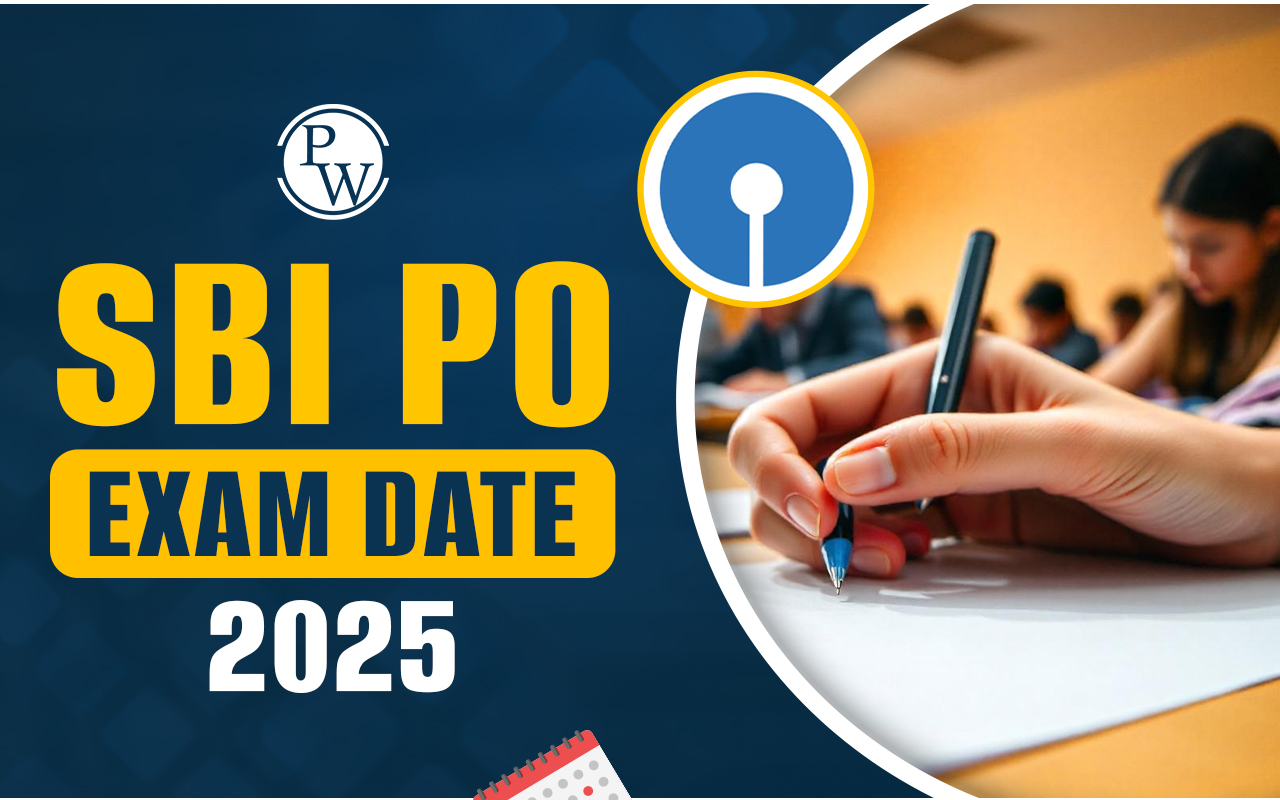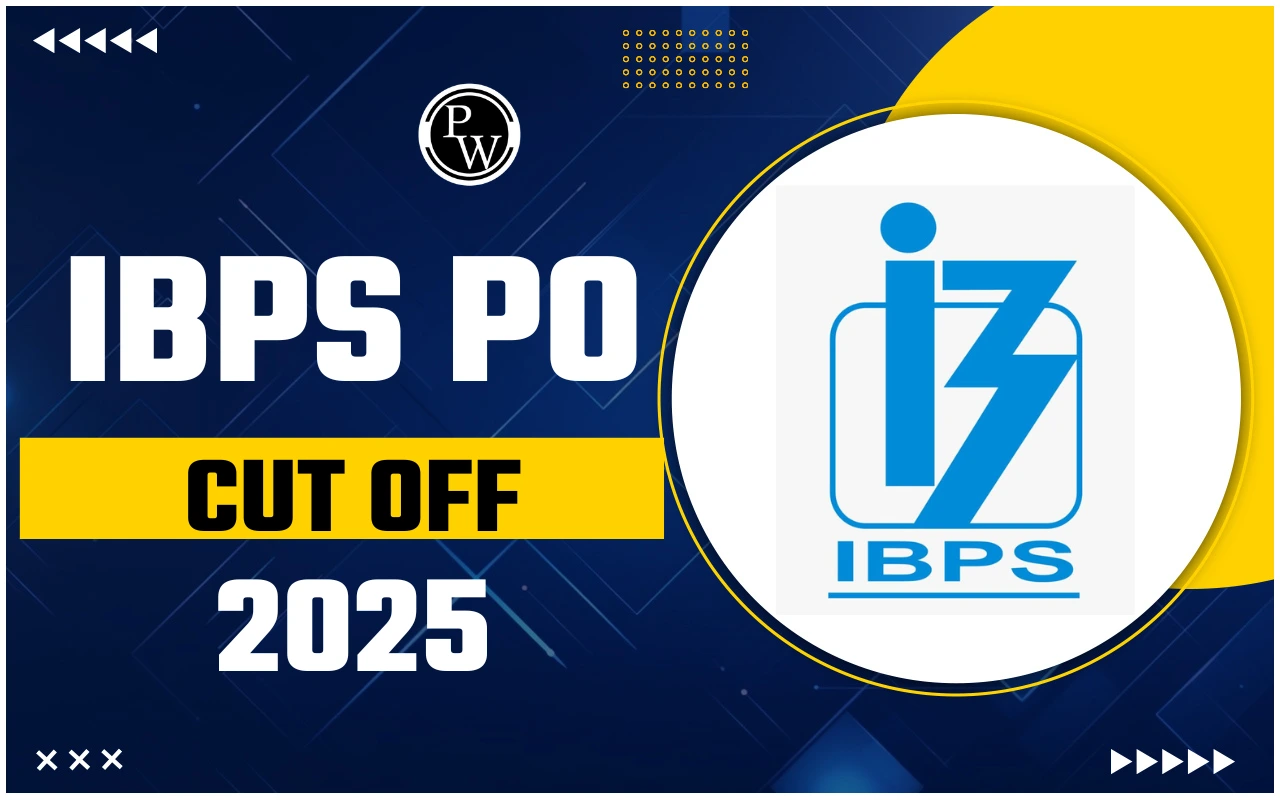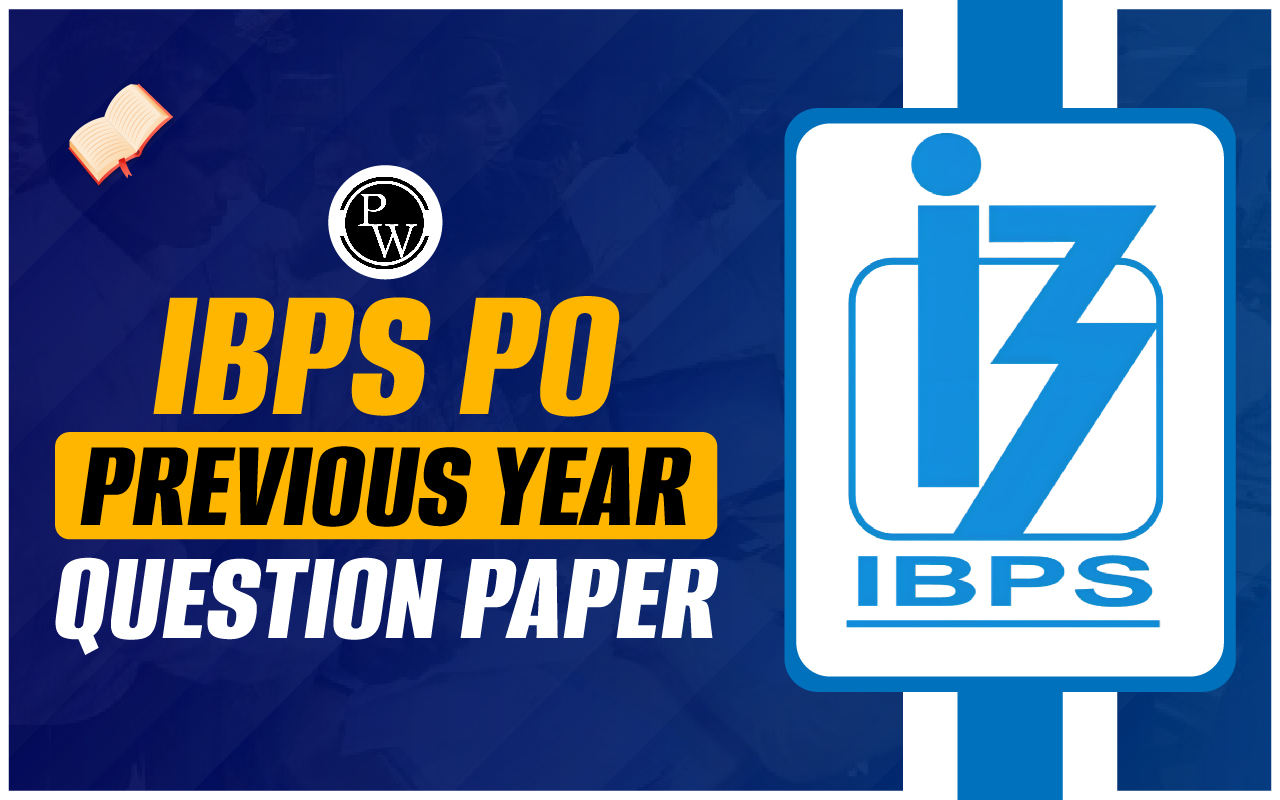
Analytical Reasoning
Logical Reasoning is a crucial part of for all banking exams, designed to test your ability to analyze information and draw logical conclusions. While it can seem tricky at first, mastering this section can significantly boost your overall score. Let’s break down the key concepts, types of questions, and provide some handy tips and tricks.
Key Concepts of Analytical Reasoning
Analytical Reasoning involves solving problems by applying logical operations to given statements. This section evaluates your logical and analytical skills through various question types such as Statement and Argument, Statement and Assumption, Statement and Conclusion, Statement and Course of Action, Syllogism, and Cause and Effect.
Types of Analytical Reasoning Questions
-
Statement & Argument:
-
What it is: You'll be given a statement or series of statements presenting a point of view.
-
What to do: Assess the strength and logic of the argument. This often includes questions about inferences, assumptions, and conclusions related to the argument.
-
Statement & Assumption:
-
What it is: A statement is followed by several assumptions.
-
What to do: Determine which assumptions are valid based on the statement.
-
Statement & Conclusion:
-
What it is: A statement or passage is given, followed by potential conclusions.
-
What to do: Identify the conclusions that logically follow from the given statement.
-
Statement & Course of Action:
-
What it is: A situation is described, followed by possible actions.
-
What to do: Decide which actions should be taken based on the situation. The correct actions should solve or mitigate the problem practically.
-
Cause & Effect:
-
What it is: Two statements are provided.
-
What to do: Determine whether the statements are causes or effects of each other, or if they are related in some other way.
-
Syllogism:
-
What it is: You’ll be given some statements, and you need to draw conclusions from them.
-
What to do: Assume the given statements are true, even if they seem illogical, and deduce valid conclusions.
Tricks for Solving Analytical Reasoning Questions
-
Read Carefully:
-
Pay close attention to the details in each question before choosing an answer.
-
Analyze Statements:
-
Break down the given statement and think logically about the possible outcomes or solutions.
-
Use Diagrams:
-
For questions involving sequences or spatial reasoning, drawing diagrams can help you visualize the problem better.
-
Eliminate Wrong Answers:
-
Narrow down your choices by eliminating options that don’t fit the given information.
-
Watch for Logical Fallacies:
-
Be aware of common logical fallacies such as hasty generalizations or false dilemmas, which can help you spot incorrect answers.
-
Manage Your Time:
-
Don't spend too much time on a single question. If you're stuck, move on and return to it later.
-
Practice Regularly:
-
Regular practice is essential. Use online resources, books, or mock tests to familiarize yourself with different types of questions.
-
Stay Calm:
-
Keep a clear and focused mind during the exam. Avoid overthinking and stay confident in your abilities.
-
Review Your Answers:
-
If time permits, go back and double-check your answers for any errors in reasoning or calculation.
-
Learn from Mistakes:
-
After practice tests, review your errors to understand why you made them and how to avoid them in the future.
Anaytical Reasoning Solved Questions
Directions: A course of action is given below followed by three situations. Read them carefully and answer the question that follows.
Course of Action : Teaching writing skills needs to be a baseline requirement for all students. The explicit teaching of these skills must be continuously revisited, building on student knowledge throughout their years of school.
Situation I: Education systems have prioritized teaching reading, far less attention and expertise has been directed to teaching writing, beyond spelling.
Situation II: Writing is a difficult skill to master and a difficult skill to teach for school students.
Situation III: There is an emphasis on basic writing skills in primary school but once students enter secondary school, it appears teaching subject knowledge competes with a focus on teaching basic writing skills which becomes an issue.
The course of action will follow which of the following situation(s)?
II- the given CoA doesn't delve into the intricacies of how to go about teaching a difficult skill of writing, by breaking it down into simpler modules or a something on similar lines; it just mentions teaching writing skills to be a baseline requirement, therefore, it won't be an appropriate CoA for the given situation. I and III- the concerns raised in I and III can be addressed by following the steps given in the CoA, and therefore, for I and III, the given CoA would be appropriate, hence, (b) is the correct answer.
Directions:In the question below, a statement is given followed by two arguments. Choose the most appropriate option depending on which argument strengthens the given statement.
Statement:
Should the government keep complete control of all religious organizations?
Arguments:
I. Yes, if the activities of the organizations are against national interests.
II. No, India is a secular country.
1 is conditional i.e. it suggests that there should be complete control of the organizations if they are taking up anti national activities. Thus the condition should be fulfilled before implementing the suggestion. An argument contingent to any condition is not a strong argument. Hence l is not strong. The statement is not talking about any specific government, while argument ll is relevant to India only. Hence ll is not strong. Neither l nor II is strong.
Directions:Question given below consists of a statement, followed by two arguments numbered I and II. You have to decide which of the arguments is a 'strong' argument and which is a 'weak' argument.
People are not allowed to enter pandals during any festival to avoid physical contact and are advised to maintain social distance to protect themselves from the spread of deadly and contagious virus.
Arguments:
I. People should not follow this rule as they are very excited and cannot sacrifice the enjoyment that comes only once in a year.
II. People should follow this rule as this rule is established to protect themselves.
Since this rule is established to protect people from deadly disease they should follow this rule.
Study the following information carefully and answer the questions accordingly.
The magnetic North Pole, it turns out, is shifting eastwards at an unprecedented pace. About 15 years ago, this would have made little difference to the daily lives of people and even Google Maps relies largely on satellite imaging, which is mostly unaffected by this shift. But now, in addition to its implications for industries and sectors that rely on the magnetic north — airports, defense, drilling — it will affect smartphones as well. Most contemporary phones have three magnetic sensors that tell the direction the user is facing. This feature could be compromised with the pole shifting, and people would be, quite literally, direction-less. They will thus have to ask other people for directions. But learning to navigate by memory, and, more importantly, asking for directions may not be a terrible development. In fact, in India, it is a necessary skill. The spate of frequent internet shutdowns means that Google is of erratic help across cities in India.
Which of the following best represents the main point of the given passage?
I. Smartphones rely on magnetic sensors to tell the user which direction they are facing.
II. The shifting of the North Pole may not be a bad thing, since asking for directions is an important skill in India.
III. Internet shutdowns are very frequent in India.
IV. The shifting of the North Pole will not affect Google Maps too much.
-
The correct answer is B. – the shifting of the North Pole may not be a bad thing, since asking for directions is an important skill in India. This is apparent from the author’s arguments in the second paragraph. While the statements in the other options may be true, they are used in support of the main conclusion, and are not the main conclusion themselves.
Directions: In each question below is given a statement followed by two conclusions numbered I and II. You have to assume everything in the statement to be true, then consider the two conclusions together and decide which of them logically follows beyond a reasonable doubt from the information given in the statement.
Statement:
The minimal requirement for entrance to the course is a Master's degree with a second-class standing. However, applicants who took the Master's degree final year exams are also eligible.
Conclusions:
I. The list of chosen applicants will include all candidates who have not yet earned their master's degree.
II. The list of chosen applicants will include every candidate who has a Master's degree with a second-class grade.
The statement states that individuals may apply for admission if they hold a second-class master's degree or have taken the master's degree final year test. This suggests that both categories of candidates might be chosen based on certain criteria. Thus, only a portion of applicants from each kind, rather than all candidates from a single category, may be chosen. I and II do not, therefore, follow
Analytical Reasoning Practise Questions:
Read the following passage and find out the inferences stated through the passage.
The greater Asian nations are beginning to feel that the West is obsolete. There have been reports of dwindling populations, significant layoffs, and economic collapses in a number of European Union (EU) nations, with Italy being the most recent. It appears as though the West's rise has finally come to an end and that it is now in a timid retreat when there is so much bad news spread over such a long period of time.
Which of the following weakens the argument made in the passage above?
I. The Western media has helped to spread the narrative of the West's demise.
II. The wealthy West remains together and has a combined GDP that is many times greater than that of the rest of the globe.
III. The United States continues to be the most innovative, industrious, and militarily powerful nation in the world. Its population is also expanding.
Two statements A and B are given for each of the questions below. These claims could be independent causes, independent causes' effects, or a cause which might be common in nature. These remarks might have an impact on one another. So, read both the statements carefully and choose the option which perfectly conveys the message.
A : The yield of oil seeds has drastically decreased this year.
B : The Government has made the decision to raise the amount of edible oil imported.
Option.
A If A is the effect and B is the cause.
B If B is the effect and A is the cause
C If both of them are independent cause’ effect
D If both of them are independent causes
E If both of them are effects of a common cause.
Two statements are given below i.e. Assertion and Reason. You have to check if the statements are true and they satisfy each other's meaning.
Assertion : People prefer to dress in white throughout the winter.
Reason: White clothing is an excellent heat reflector.
Option.
A Both of them are true and the reason is not truly an explanation of the Assertion.
B Both of them are true and the reason given is the perfect explanation of the Assertion.
C The Assertion is false but the Reason is somehow true.
D The Assertion is true but the Reason is false
E Both of them are false
Directions: Study the following data carefully and answer the questions accordingly.
The name Haagen-Dazs was invented by Reuben and Rose Mattus in 1961, because they thought it looked Scandinavian, and because Denmark was known for dairy products. Fifty years on, Haagen-Dazs sells in over 80 countries. Its revenues were over $750 million in 2011. In the global ice cream market, Haagen-Dazs has only a two per cent market share, while Unilever has 18 per cent and Nestle 14 per cent. But in the premium category, Haagen-Dazs is ahead of Unilever’s Ben & Jerry’s brand and Nestle’s Movenpick. Haagen-Dazs created the “premium ice cream” category with its rich ice cream made with exotic ingredients such as Belgian chocolate and vanilla beans from Madagascar. It reinforces the message of indulgence through its prizewinning advertising campaigns and new flavours.
For Haagen-Dazs, the temptation to expand operations to China was great. Despite the traditional lack of dairy in the Chinese diet, demand was rising as the population gained exposure to Hong Kong since 1984 despite the fact that venturing on to the mainland in 1996 introduced a completely different set of challenges.
One of the most appealing was to direct the brand at the local hunger for luxury goods that were markers of economic status. Luxury brands such as Louis Vuitton and Cartier lined the high-end shopping areas of Shanghai and Beijing. With increased buying power and a diminishing stigma on displays of wealth, upper-class Chinese appeared well situated to appreciate Haagen-Dazs’ themes of indulgence and self-gratification.
In carving out a brand identity specific to China, Haagen-Dazs decided not to compete with incumbent ice cream brands, and instead aligned itself with western icons of luxury. As Pedro Man, Vice President of the company’s Asia-Pacific operations, told reporters in 1998: “What Rolls-Royce is to cars... Haagen-Dazs is to ice cream.”
Which of the following options does not correctly present the unique features of the Chinese consumer?
Option.
A An increased ability to buy
B The Chinese tradition of accepting imports from foreign countries
C Increasing acceptance of displays of wealth
D Increasing flexibility in the traditional Chinese diet
E Haagen-Dazs decided not to compete with incumbent ice cream brands
Directions: Study the following questions carefully and choose the right answer:
Statement: Should houses be built for poor people by the government ?
Arguments :
I. Yes, everyone should have their own house irrespective of income .
II. No, it will make them lazy, they will stop earning , food is already given free why house now ?
Option.
A Only I is strong
B Only II is strong
C Either I or II is strong
D Neither I nor II is strong
E None of these
Analytical Reasoning for Bank Exams FAQs
Q1. What is Analytical Reasoning in competitive exams?
Q2. How can I improve my Analytical Reasoning skills?
Q3. What strategies can help in solving Statement & Conclusion questions?
Q4. Are there any tips for managing time during the Analytical Reasoning section?
Q5. How is loss percentage calculated?










